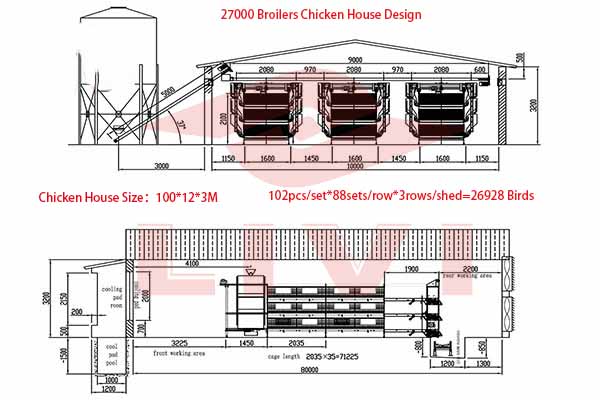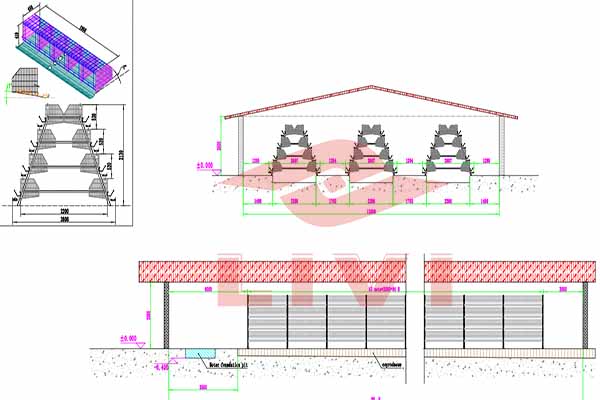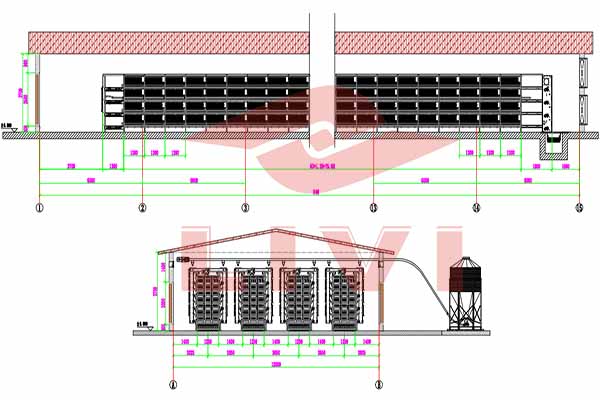What is the Best Cage Size for Broilers and Layers?
Choosing the right cage size for broilers and layers is crucial in ensuring the health, welfare, and productivity of your flock. An appropriately sized cage not only enhances the overall performance of your farm but also contributes to the well-being of your birds. In this article, we’ll discuss the best cage sizes for both broilers and layers, based on industry standards and research.
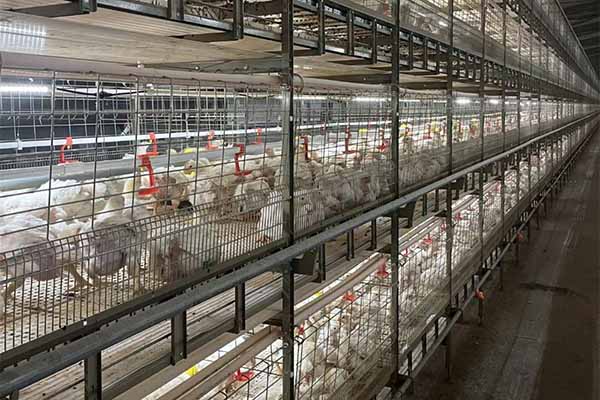
Broiler Cage Size
Broilers are raised primarily for meat production. The optimal cage size for broilers can vary depending on factors such as the breed, age, and weight of the birds. Generally, a cage size of 3 to 4 square feet per bird is recommended for broilers. However, larger cage sizes may be necessary for younger or heavier broilers to ensure proper growth and mobility.
- 3 to 4 square feet per broiler
- Adjust size for age and weight
- Provide adequate space for growth and mobility
According to the United States Department of Agriculture (USDA), a minimum cage width of 7 in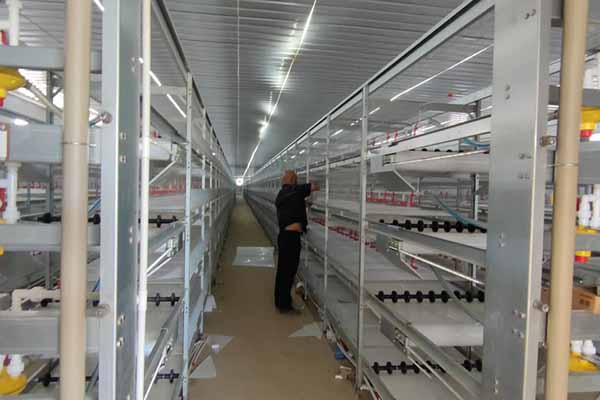 ches is required for broilers to allow for proper wing extension and prevent injury. This measurement should be considered when determining the cage width.
ches is required for broilers to allow for proper wing extension and prevent injury. This measurement should be considered when determining the cage width.
Layer Cage Size
Layers are bred for egg production, and their cage size requirements can differ from broilers. Layers require a larger space to accommodate their laying patterns and overall mobility. A standard cage size for layers is typically 4 to 5 square feet per bird.

- 4 to 5 square feet per layer
- Ensure adequate space for egg laying and mobility
- Prevent injury and stress due to overcrowding
Like broilers, the cage width for layers should also be a minimum of 7 inches to allow for proper wing extension. In addition, layers may require additional space for roosting and dust bathing, which should be considered when selecting a cage size.
Conclusion
Selecting the right cage size for broilers and layers is vital for farm efficiency and bird welfare. By adhering to industry standards and considering the specific needs of your flock, you can optimize your farm’s performance. For more information on choosing the best cage size for your farm, feel free to leave a comment or contact us for a free poultry design plan and equipment quote.


